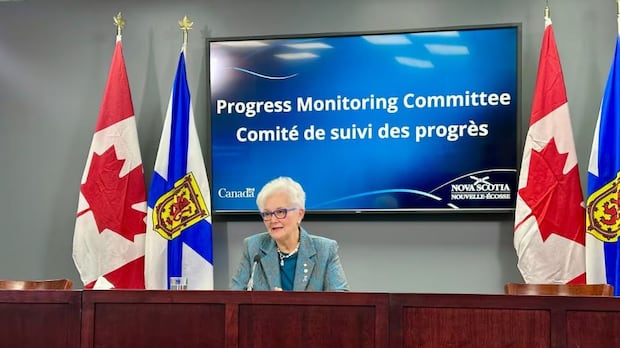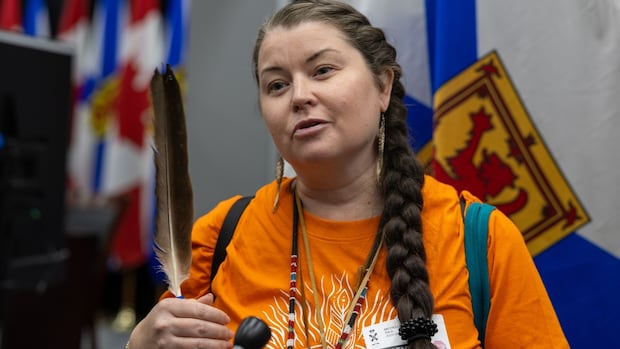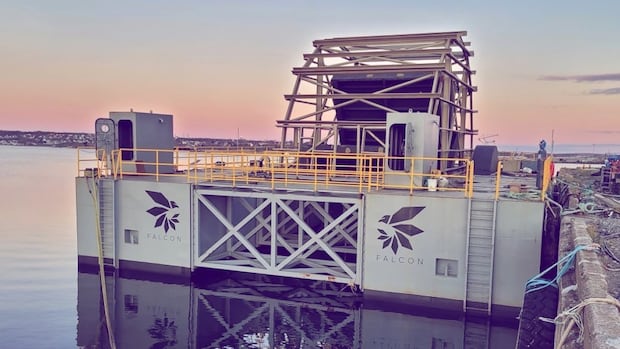What Nova Scotia can learn from B.C.’s drug-checking services

Nova Scotia Health has taken some preliminary steps to explore technology that can detect what’s in street drugs people may be planning to consume.
Devices that can identify contaminants are already being used in some parts of the country.
There is no timeline yet, but early discussions on a drug-checking service are underway as part of a bigger harm-reduction strategy.
The discussions predate the drug alert Nova Scotia Health issued earlier last month, following a cluster of suspected opioid poisonings in Cole Harbour.
A teenager died and two other teens were taken to hospital. So far this year, 35 Nova Scotians have died from opioid overdoses, according to the province.
“Drug-checking is really important,” said Emily Percival-Paterson, a harm-reduction consultant with the public health division of Nova Scotia Health. “I think it needs to be one aspect of a spectrum of interventions and services that we offer in relation to this crisis.”
Potentially life-saving information
Specialized spectrometers that provide results within minutes are being used at 28 sites in British Columbia.
The province declared a public health emergency in 2016 because of the drug crisis. Since then, more than 13,000 people have died due to “unregulated drug toxicity,” according to the B.C. Coroners Service.
People bring samples that can be as small as a grain of rice and the devices can detect four or five substances.
About 80,000 samples have been tested since 2017 when the service was introduced.
“It’s very quick and usually people will get their results in about five to 10 minutes,” said Jenny Matthews, the implementation lead with the drug-checking program at the B.C. Centre on Substance Use.
With such an unpredictable and toxic drug supply across the country, the testing provides potentially life-saving information to users, she said.
“If they bring in their sample of fentanyl and they find out that there are benzodiazepines in the drug that they are planning to take, they may choose not to take that drug,” Matthews said.
The devices cost about $50,000 each, she said, and outreach workers can operate the equipment once they’re trained.
Another major benefit to the program is in how the workers can connect clients to other services.
“I think it can open up really important conversations with people, especially young people,” she said.
Costs, staffing additional considerations
In Nova Scotia, test strips that can detect fentanyl are currently available.
The health authority has been working with local agencies to examine the benefits of more comprehensive drug-checking services.
The organizations talked to their clients who showed strong support for the idea in the spring.
“At the moment we are taking in that information and seeing where it is going to guide us.” Percival-Paterson said.
The machines would be one part of an extensive harm-reduction strategy that includes two overdose prevention sites, needle distribution and disposal and various outreach programs, as well as the province’s free naloxone program.
What people who use drugs had to say is now being considered along with a number of other factors like the costs.
“There is a bit of an increase in human resources,” Percival-Paterson explained. “There needs to be a chemist attached to the project.”
A Halifax family physician who focuses on addiction medicine is strongly in favour of the service.
“People could know what they were consuming,” said Dr. Mike Gniewek, drawing a comparison to alcohol. “Imagine if consuming one beer could be the equivalent to 100 beers, you really have no idea what you’re going to be taking.”
Percival-Paterson said Nova Scotia is still at the information gathering stage and a wide range of interventions are being worked on to address the crisis.




